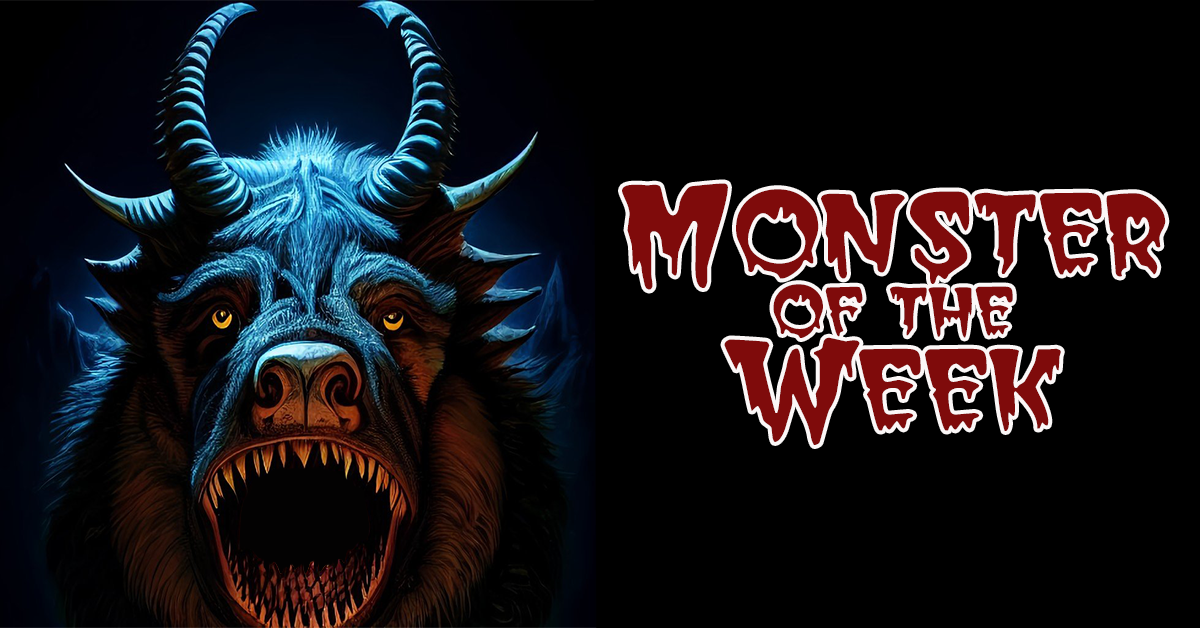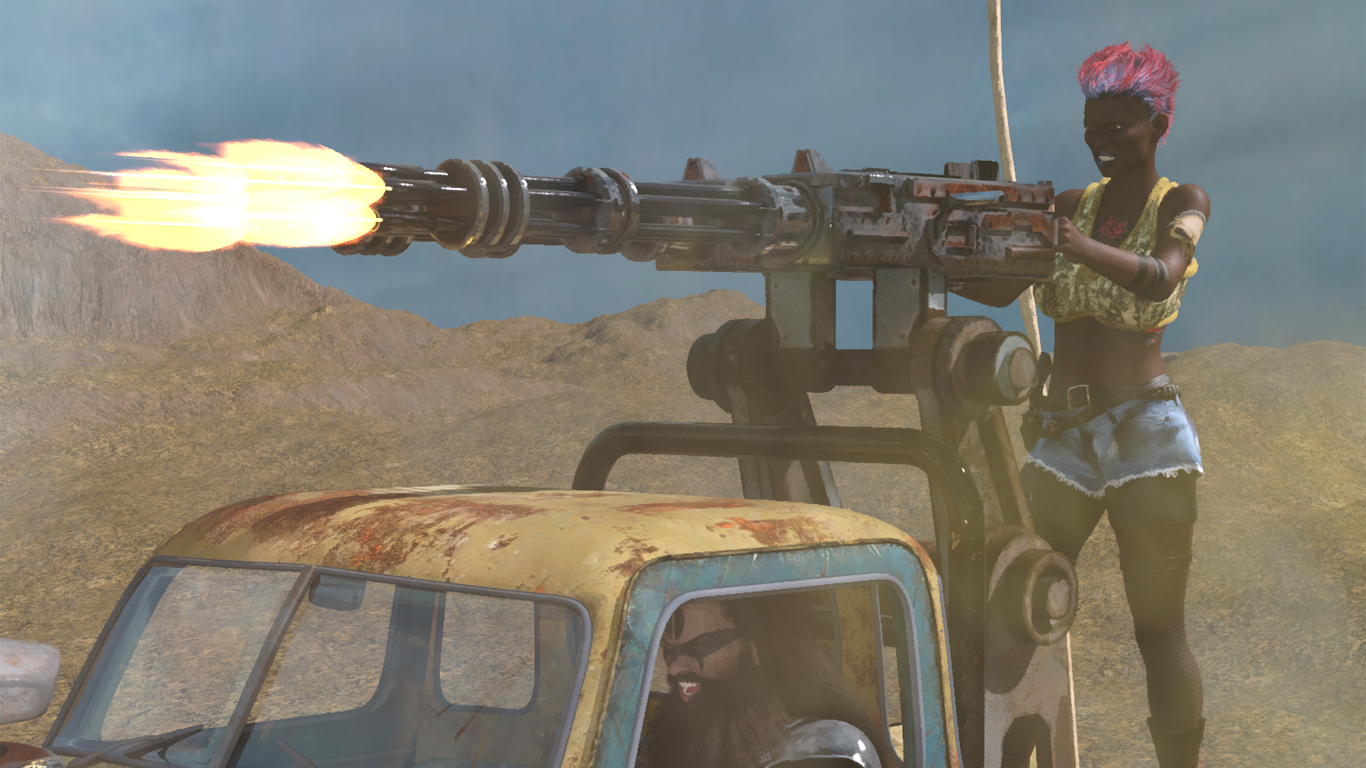We may earn money or products from the companies mentioned in this post.
Marvel might have coined (or at least popularized) the term “cinematic universe,” but it’s not a new idea. It’s the way comic book universes have worked for decades, and according to one theory nearly every TV show ever made takes place in a cinematic universe inside a snow globe. A cinematic universe is basically a universe with crossovers, and in my opinion the crossover points are what differentiate a cinematic universe from just a shared world. A shared world has a sense of continuity (the PCs from another campaign are now kings and high priests and guildmasters), a cinematic universe has a sense of coexistence (the PCs from another campaign are out in the world doing things RIGHT NOW).
My first experience with an RPG cinematic universe was the super-heros game that (QAGS co-creator) Leighton Connor started running when we were in college. The game started out as a standard supers game, but as time went on we started occasionally playing sessions that didn’t revolve around the PCs we normally played. Sometimes they were “zeppo” type episodes about supporting cast members, sometimes we’d play another team of super-heroes that had previously appeared in the game, and sometimes we made up entirely new characters, usually based around a specific theme like “teenage wannabe supers” or “professional monster hunters” (which was how M-Force was born). Sometimes we even played the villains. Most of these games were contemporary with the main campaign, but we did sometimes play historical games as well as games set in the (possible) future, mirror universes, and lots of other weird places in space and time.
One of the things that I think contributed to the success of the game (we played it for something like six years) was that Leighton didn’t GM all of those spin-off games himself. He ran some of them, but he also left plenty of room for players to say “hey, how about next week I run a game about Australian super-heroes?” Whenever we players took over a little chunk of the world for our own game, it got us more invested in the world as a whole and the primary campaign Leighton was running. It also introduced new ideas that probably wouldn’t have ever come up if Leighton was the sole GM. Even if nothing from a side-game ever appeared in the main story, the fact that it was there made the whole world seem more alive and vibrant.
Want to give it a try for yourself? Here’s my advice:
- Make sure this style of play will work for your group. If the players tend to see the GM as an opponent rather than an ally, you’re probably going to run into all kinds of problems.
- It’s usually a good idea to have one main GM who’s in charge of coordinating the overall storyline and making sure all the parts fit together.
- When someone runs a side-game, there should be a plan for how many sessions it will take, but don’t force an ending just to keep on schedule. It’s usually better to tell a complete story (or at least get to a good cliffhanger) before moving on to another one. You don’t pause the Avengers movie halfway through to watch an episode of Agents of S.H.I.E.L.D., even if the episode takes place between two scenes of the movie.
- Respect the other GMs’ ownership of their creations. Chances are that if they introduced a new character, faction, or other story element into the campaign, they’ve got plans for it. Unless a GM has specifically released a creation into “public domain,” always check with them before doing anything that expands upon or alters what’s already established.
- If you haven’t done this before, it’s usually best to keep the crossover between different sub-games to a minimum at first. As people get more comfortable with sharing the world, you can start bringing the different character groups and story arcs together.





